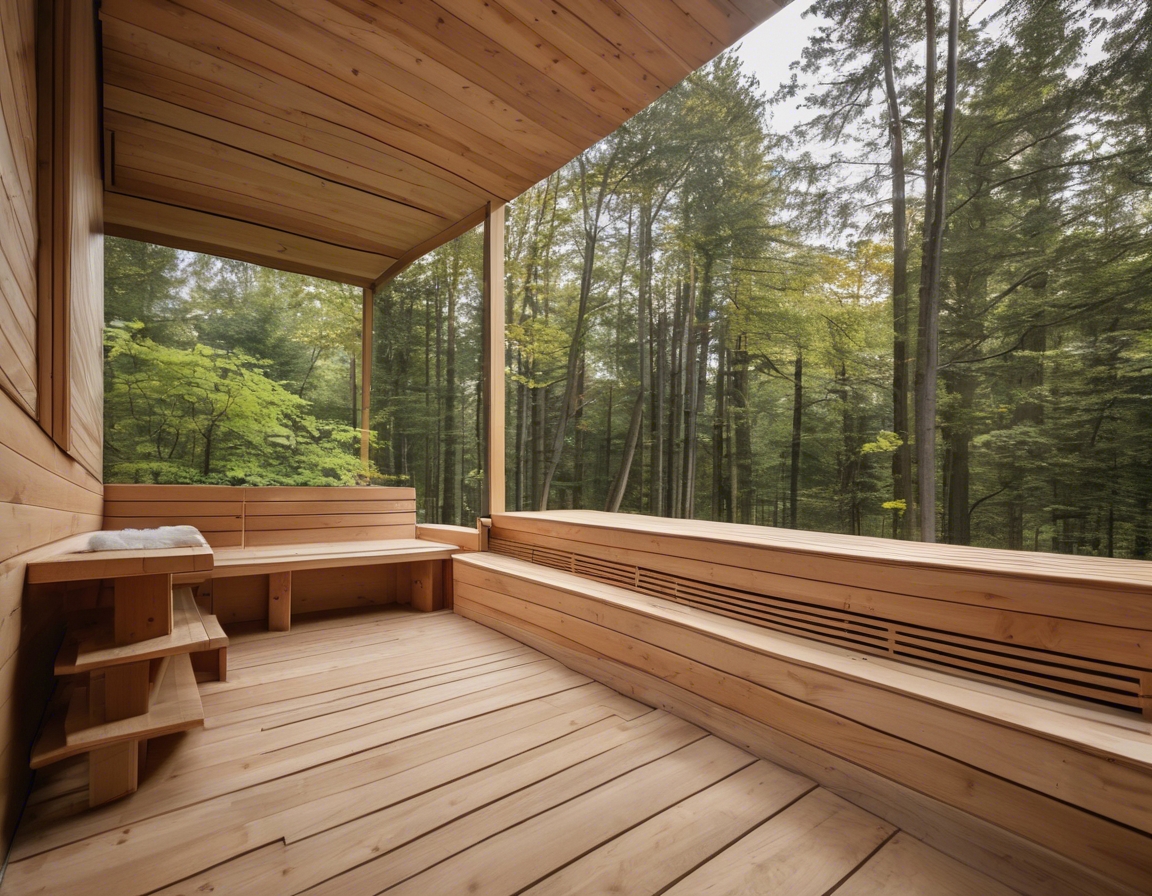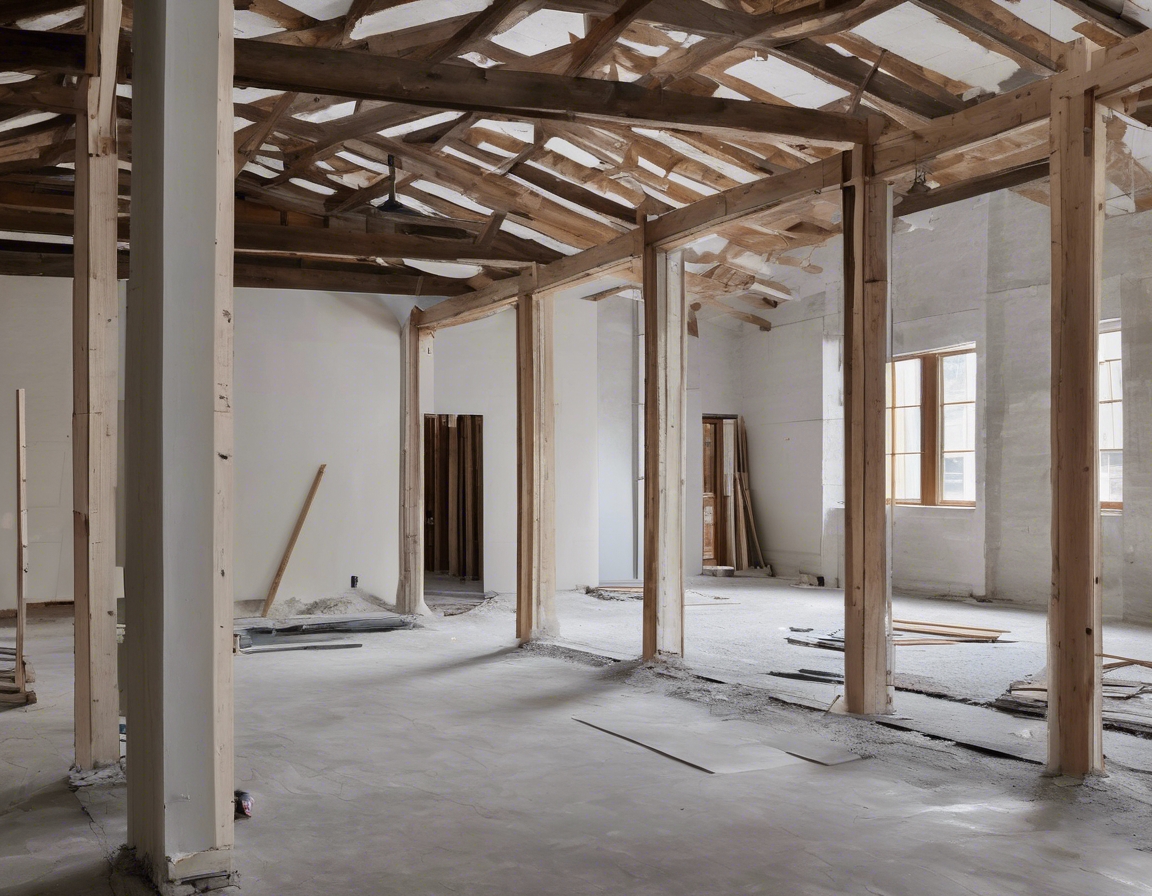How to choose the right roof for your home
Choosing the right roof for your home is a critical decision that impacts not only the aesthetic appeal of your property but also its functionality and value. A well-chosen roof can enhance the architectural style of your home, provide protection against the elements, and contribute to energy efficiency. For homeowners and property developers who value quality craftsmanship and sustainable building practices, selecting the right roofing material and design is essential for long-term satisfaction and property value.
2. Understanding Different Roofing Materials
Asphalt shingles are one of the most popular roofing materials due to their affordability and versatility. They come in a variety of colors and styles, making them suitable for many architectural designs. Asphalt shingles are relatively easy to install and provide good protection against various weather conditions. However, they may not be the most durable option compared to other materials.
Metal roofing is known for its durability and longevity, often lasting 40-70 years. It is resistant to extreme weather conditions, including heavy snow, hail, and high winds. Metal roofs are also energy-efficient, reflecting solar radiant heat, which can reduce cooling costs. They are available in various styles and colors, allowing for customization to match your home's design.
Tile roofing, made from clay or concrete, offers a distinctive and elegant appearance. It is highly durable and can last over 50 years with proper maintenance. Tile roofs are excellent for hot climates as they provide natural ventilation and insulation. However, they are heavier than other materials, requiring a strong structural support system.
Wood shakes and shingles provide a natural and rustic look, often used in traditional and cottage-style homes. They offer good insulation and can last up to 30 years with proper care. However, wood roofing requires regular maintenance to prevent issues such as rot and insect infestation.
Slate roofing is one of the most durable and long-lasting options, with a lifespan of over 100 years. It offers a unique and sophisticated appearance, enhancing the value of any property. Slate is fire-resistant and environmentally friendly, but it is also one of the most expensive roofing materials and requires professional installation due to its weight.
3. Factors to Consider When Choosing a Roof
The climate and weather conditions in your area play a significant role in determining the best roofing material for your home. For instance, metal roofs are ideal for areas prone to heavy snowfall, while tile roofs are suitable for hot climates.
Your home's architectural style should guide your roofing choice. For example, a modern home may benefit from the sleek look of metal roofing, while a traditional home might look best with wood shakes or slate.
Budget is a crucial factor in roofing decisions. While some materials like slate and metal may have higher upfront costs, they offer long-term savings through durability and energy efficiency. It's essential to balance initial costs with long-term benefits.
Consider the lifespan and durability of the roofing material. Investing in a durable roof can save you money on repairs and replacements in the long run.
Energy-efficient roofing materials can help reduce your home's energy consumption and lower utility bills. Look for materials with high solar reflectance and thermal emittance ratings.
For environmentally conscious homeowners, the sustainability of roofing materials is an important consideration. Opt for materials that are recyclable or made from sustainable resources.
4. The Role of Professional Installation and Maintenance
Professional installation is crucial to ensure the longevity and performance of your roof. A poorly installed roof can lead to leaks, structural damage, and reduced lifespan. Regular maintenance, such as cleaning gutters and inspecting for damage, is also essential to keep your roof in optimal condition.






Comments (0)